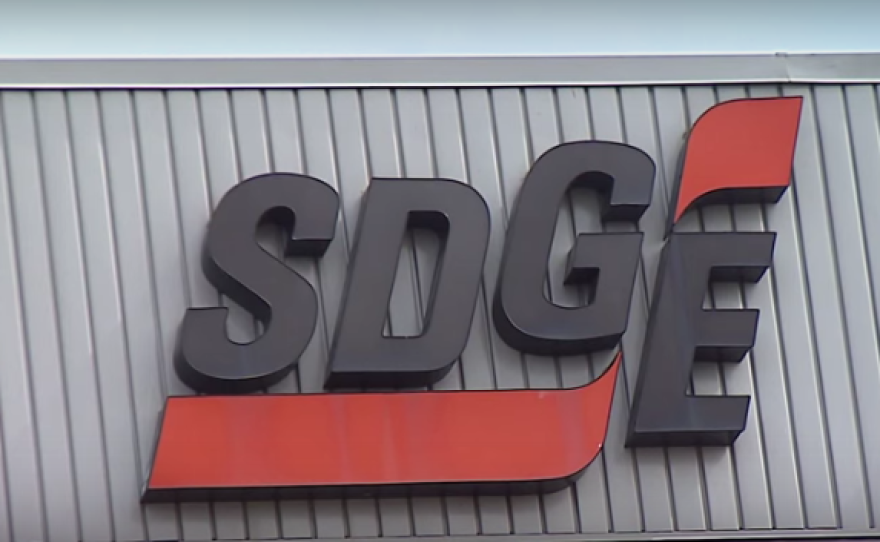California’s Governor declared a heat emergency Monday in order to free up energy generation capacity.
Power managers have struggled for three days to make sure there is enough electricity to keep the power grid running as a heatwave swelters California.
Again on Monday, the California Independent System Operator, called Cal-ISO ordered San Diego Gas and Electric (SDG&E) and other utilities across the state to begin rotating outages Monday afternoon. They said as many as 100,000 SDG&E customers could lose power for about an hour.
It is the first time since 2001 that California has been forced to turn off resident’s electricity because there was not enough power to meet demand.
Governor Gavin Newsom wants an investigation into what led to rolling blackouts around the state. A summer heatwave is to blame, but the governor said that is not the only reason.
RELATED: California Governor Demands Probe Of Power Blackouts
“We’ll get to the bottom of it,” Newsom said. “That’s why that investigation into what happens and its implications of the future will be done swiftly and immediately. And we will lay out in detailed terms what we’re going to do make sure this simply doesn’t happen again."
The power grid operator’s failure to anticipate the spike in demand and to meet that spike with additional resources, according to Newsom, is unacceptable and unbefitting of California.
The governor said California is dealing with a number of wildfires and climate change is warming the environment, but he said they are not to blame.
The governor’s emergency order allows the state to secure more emergency power.
That includes allowing businesses to run reserve generating facilities, even if those facilities generate more pollution than normal power plants.
RELATED: San Diego Is Shrinking Carbon Footprint During Coronavirus Shutdown
“Even with all that,” Newsom said. “We are likely to fall short and we will have some episodic issues as it relates to supplying the coverage you deserve and you demand.”
At a Monday board meeting, members of Cal-ISO criticized members of the California Public Utility Commission for not ordering them to buy more electricity.
The governor’s investigation will look at those two agencies and the California Energy Commission.
Energy analyst Bill Powers says the current power delivery system failed California.
He said power reserves on paper did not become power reserves in real life and he blames systemic issues linked to the current power system.
Powers is not optimistic the governor’s call for an investigation will succeed.
“They peel back one or two layers of the onion but they don’t get deep enough to look at the institutional problems that expose us to these kinds of unexpected blackouts. It has nothing to do with climate change,” Powers said.
The entire episode of rolling blackouts could have been avoided with better power management, according to Powers.
RELATED: Researchers Warn A Warming Ocean Threatens Giant Kelp Forests
Meanwhile, SDG&E officials are looking to customers to help ease pressure on the power grid.
“Here at SDGE we know that it’s really hot outside,” said Denise Menard, a spokeswoman for SDG&E. “And we don’t want people sitting in their homes without their AC on, but we are asking people to conserve in every way that they possibly can. So if that’s setting you’re A-C to 78, let’s try to do it.”
Menard said if local demand can be cut that will have a real impact on how the state’s power grid handles the next few days.
National Weather Service officials say the dome of hot air will likely sit over the state through Thursday.
The California Independent System Operator decides when a region like San Diego will have to resort to rolling blackouts and how long those power outages will last.
SDG&E will track and report the location and duration of outages on their webpage.






